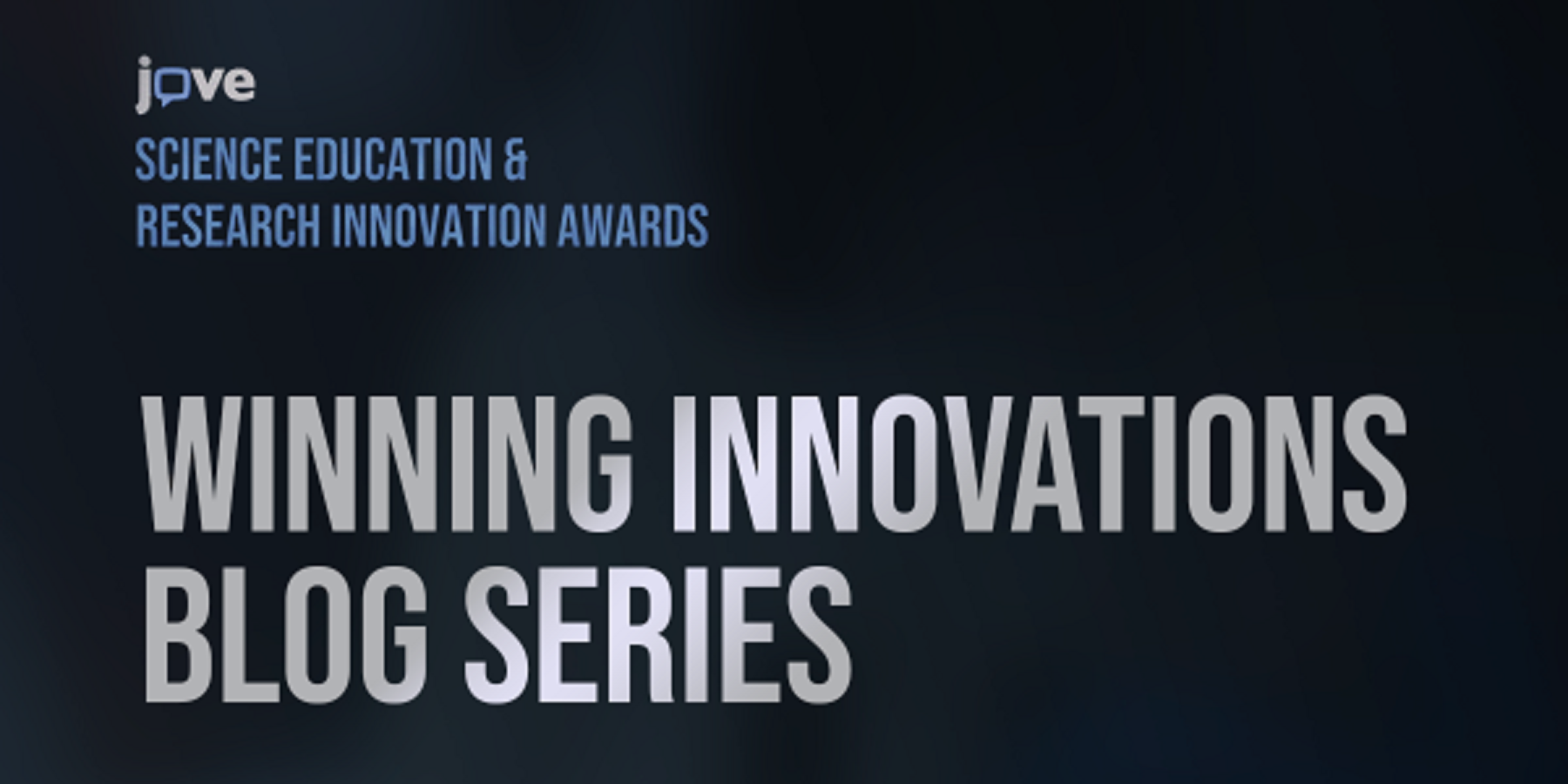The 2021 JoVE Science Education and Research Innovation awards have paved the way for a series of blog posts highlighting how science educators, researchers, and librarians worldwide have used visual resources to support their remote efforts. We hope these blog posts based on each of the winner’s webinars will help find practical answers to the questions imposed while juggling online or hybrid formats.
In last week’s 2021 JoVE Innovation awards webinar, Claudia Jorgensen, Associate Professor in Behavioral Science at Utah Valley University, discussed how she moved traditionally in-person courses online—fostering student interest in biopsychology, enhanced meta-cognition and increased student success.
To hear actionable suggestions and tips discussed in the hour-long webinar, request a complimentary recording of the entire webinar session.
Below are the top highlights of Claudia’s discussion during the Q&A section of the webinar:
How do you deal with academic integrity (cheating during tests)? What are the strategies you use?Claudia shares her experience dealing with cheating in assessments by simply establishing application-based questions to tweak tasks so that students wouldn’t find ready-made responses when they searched online. She says it was impossible to find responses online to such questions because they are so unique that they have not previously appeared online and tweaked them if they have appeared online before. Finally, she says cheating can happen under any circumstances beyond control. Still, if suitable measures and the right approach are in place, it is possible to reduce, if not eliminate, cheating.
What was it like migrating all of the on-campus courses online?
Claudia says she wasn’t very fond of teaching online and had conducted only one class online in the past. Neuroscience is a subject that requires a hands-on, face-to-face course, which is her preferred style. However, the pandemic suddenly left her with no option but to move to virtual classes. She decided to work with whatever was available, taking inputs from colleagues and friends to see how it would work out for her. It was an amalgamation of various approaches such as asynchronous learning, learner-centric environment authentic assessments and more, which she discussed during the webinar. However, the outcomes were successful in the end.
Most students might not be familiar with virtual learning or virtual tools like Teams, OneNote, etc. How did you work with that, or what steps did you take to overcome this challenge?
Claudia explains that the sudden pandemic didn’t leave her time to process most of what was happening. She mentions she wanted to make things work, so she took to Teams and OneNote and made sure each student was comfortable with the tools and even helped them on video calls to navigate these tools. She would regularly ask students what they were struggling with and set up video calls to help them one-on-one.
What is it like teaching non-traditional students v/s teaching traditional students?
Claudia mentions that Utah University primarily had non-traditional students that come from various backgrounds and schedules. She says that every student struggled with different things. Some had family commitments, while some worked full or part-time in healthcare during the pandemic, some had kids to look after. Claudia found it best to support them in this scenario and noticed that understanding worked better for her and the students. Claudia wanted students to stay on top of assessments and pass the semester successfully rather than missing classes or failing the course. She prefers not to distinguish between students but treat them equally, whether traditional or non-traditional. She says resources are available at her university that may help students of all backgrounds, so she directs them to those resources once she understands their main concerns.
Claudia says that her long-term goal is to polish remote delivery methods and make her online course available for students who may not take the course in person. In addition to that, she says that storyline, video discussions and collaborative learning using OneNote integrated with Microsoft Teams had been proven beneficial to course delivery and student online learning online delivery.
To learn more about Claudia Jorgensen’s approach to establish and implement best practices in remote instruction — and other key takeaways, request a recording of this session.

